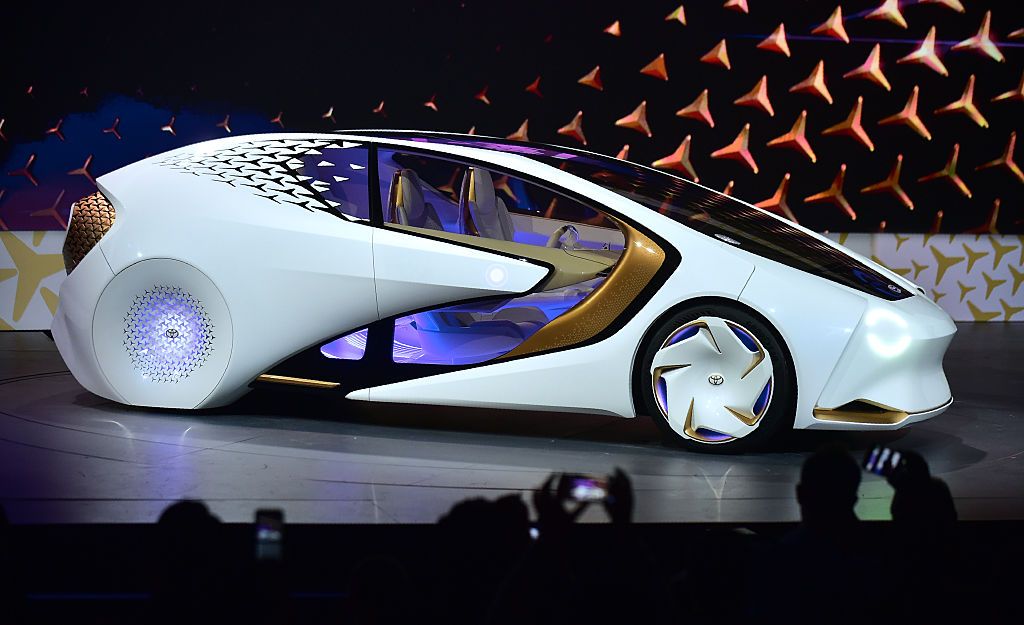In my post dealing with General Motors' new C body designs for the 1940 model year, I stressed that styling was inadequately modernized.
To summarize: Most American closed-car designs in the period approximately 1934-1940 were awkward. In part, this was because body and production engineering could not evolve rapidly enough to deliver sleek streamline-influenced designs stylists were capable of dreaming up. For the 1940 model year, General Motors finally produced attractive closed cars in the form of its redesigned C platform. But while these cars were attractive abaft of the front axle line, their front end styling seemed a little more dated.
This changed when GMs C body lines were facelifted for 1941. An important factor was integration of headlights into front fenders, something GM was slow to do apparently because Engineering had objections. The other improvement component was grille design. Grilles for 1941 (with one possible exception) were much better matched to the rest of the styling.
Below are comparative images of 1940 and 1941 frontal designs. Missing is a comparison for 1940 LaSalles because that brand was dropped at the end of the 1940 model year.
Pontiac front end styling was greatly improved over the too-delicate 1940 design seen in the Mecum photo. All fenders took on a squared-off "suitcase" motif with side ribbing. Headlights are essentially blended into the fenders, though are still placed inboard of the fender sides. The front of the hood has been flattened slightly to blend with the rest of the flattened face of the car.
Oldsmobile grilles retain all the 1940 element themes for '41 but are made bolder, as can be seen in this likely "for sale" photo. Aside from the reworked headlights, Olds frontal styling is the least-changed of the lot. A fussy design. Unlike Pontiacs, sheet metal is almost unchanged.
Buick headlights were completely integrated, unlike those on Pontiacs and Oldsmobiles. Better yet, they were placed near the sides of the reshaped fenders as seen in the for sale image. The grille is now horizontal, not the equivocating '40 outline. Grille bars are larger, adding strength to the design.
Cadillac faces for 1940 were strongly old-school, whereas the '41s received a classic design that set the theme for many decades of future Cadillacs. The upper photo is from RM Sotheby's, the lower is a for sale photo. Front fenders and the hood were less curved, headlights were integrated and placed outboard. Note the fender crease that notionally passes through the headlight center and whose line becomes the upper edge of the grille. I rank the 1941 Cadillac design as the best ever for that marque.
In my post dealing with General Motors' new C body designs for the 1940 model year, I stressed that styling was inadequately modernized.
To summarize: Most American closed-car designs in the period approximately 1934-1940 were awkward. In part, this was because body and production engineering could not evolve rapidly enough to deliver sleek streamline-influenced designs stylists were capable of dreaming up. For the 1940 model year, General Motors finally produced attractive closed cars in the form of its redesigned C platform. But while these cars were attractive abaft of the front axle line, their front end styling seemed a little more dated.
This changed when GMs C body lines were facelifted for 1941. An important factor was integration of headlights into front fenders, something GM was slow to do apparently because Engineering had objections. The other improvement component was grille design. Grilles for 1941 (with one possible exception) were much better matched to the rest of the styling.
Below are comparative images of 1940 and 1941 frontal designs. Missing is a comparison for 1940 LaSalles because that brand was dropped at the end of the 1940 model year.
Pontiac front end styling was greatly improved over the too-delicate 1940 design seen in the Mecum photo. All fenders took on a squared-off "suitcase" motif with side ribbing. Headlights are essentially blended into the fenders, though are still placed inboard of the fender sides. The front of the hood has been flattened slightly to blend with the rest of the flattened face of the car.
Oldsmobile grilles retain all the 1940 element themes for '41 but are made bolder, as can be seen in this likely "for sale" photo. Aside from the reworked headlights, Olds frontal styling is the least-changed of the lot. A fussy design. Unlike Pontiacs, sheet metal is almost unchanged.
Buick headlights were completely integrated, unlike those on Pontiacs and Oldsmobiles. Better yet, they were placed near the sides of the reshaped fenders as seen in the for sale image. The grille is now horizontal, not the equivocating '40 outline. Grille bars are larger, adding strength to the design.
Cadillac faces for 1940 were strongly old-school, whereas the '41s received a classic design that set the theme for many decades of future Cadillacs. The upper photo is from RM Sotheby's, the lower is a for sale photo. Front fenders and the hood were less curved, headlights were integrated and placed outboard. Note the fender crease that notionally passes through the headlight center and whose line becomes the upper edge of the grille. I rank the 1941 Cadillac design as the best ever for that marque.




















EmoticonEmoticon